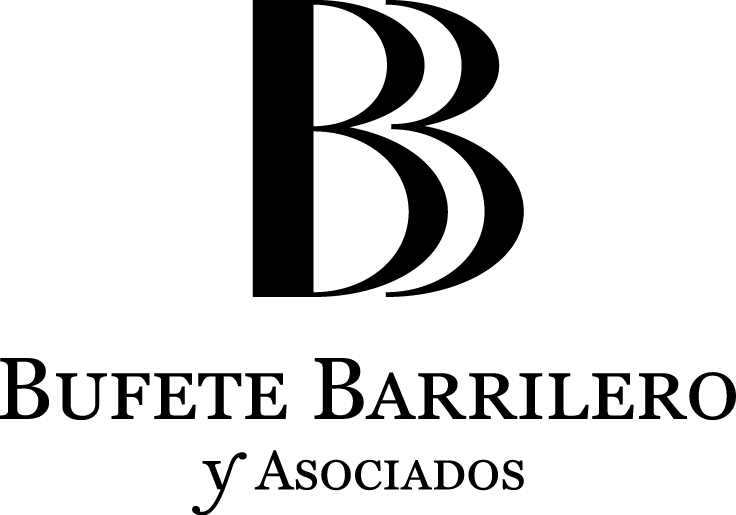TAX LAW
When discussing inheritance and donations, most taxpayers think of an inevitable and costly process. However, with smart tax planning, it is possible to optimize the tax burden and ensure that family wealth is passed on to the next generation with the least possible fiscal impact. The key? A strategic move that combines the inheritance of properties in full ownership with the donation of bare ownership.
The Problem: Paying More Than Necessary
Imagine a typical family: the grandparents (first generation) leave their real estate assets as an inheritance to their only direct descendant (second generation), who, in turn, will one day pass it on to their descendants (third generation). If everything follows the traditional course, the final acquisition by the third generation would mean that the same real estate assets would have been taxed twice under the Inheritance Tax and would have also been subject to the Wealth Tax or the Solidarity Tax on Large Fortunes for decades. On top of that, when the second generation passes away, the grandchildren would have to pay the municipal capital gains tax again on the real estate assets and face an uncertain regulatory fiscal scenario.
The result? More taxes, less family wealth.
The Solution: Inherit and Donate in a Single Act
The strategy consists of the second generation (direct descendant) receiving full ownership and immediately donating the bare ownership to the third generation (grandchildren), reserving the lifetime usufruct.
What are the advantages?
Zero Personal Income Tax (IRPF) and Municipal Capital Gains Tax for the Donor: By donating the bare ownership shortly after inheriting, no capital gains or IRPF taxable income is generated.
Reduced Donation Tax: Many regions offer between 90% and 99% tax relief on donations between direct family members.
Lower Wealth Tax: The bare ownership has a lower tax value than full ownership, reducing the tax burden for the second generation. Additionally, a lower taxable base results in a lower tax rate, generating significant additional savings.
Locking in Favorable Tax Regulations: The Supreme Court Ruling No. 261/2024 establishes that, for lucrative acquisitions mortis causa, the same criterion maintained by the Directorate General of Taxes in CV2386-16 for inter vivos lucrative acquisitions will apply: the regulations in force at the time of property dismemberment will apply when the usufruct is extinguished. If the donation is currently tax-exempt, that advantage will be maintained when the usufruct ends.
Income Generated Belongs to the Usufructuary: The donor does not lose the profitability generated by the asset.
Tax planning is not just for large fortunes. This approach allows any family to optimize the transfer of their real estate assets from generation to generation without fiscal shocks. The key lies in anticipating and taking advantage of the tax benefits offered by current regulations—so that the Tax Office doesn’t inherit on your behalf.


